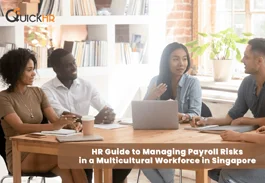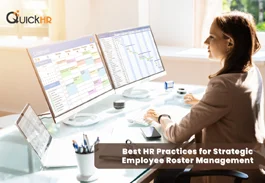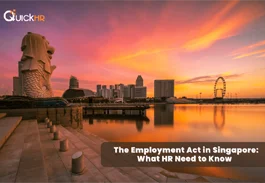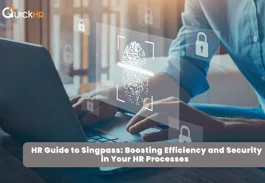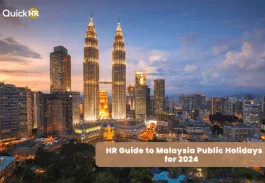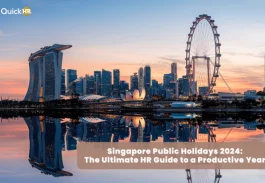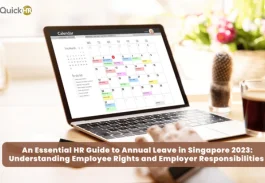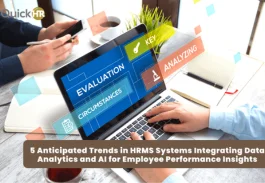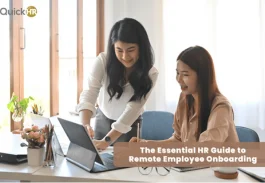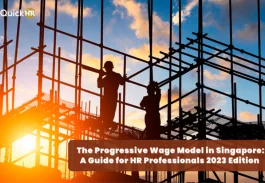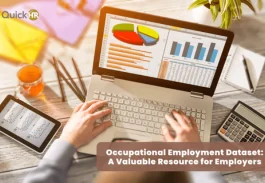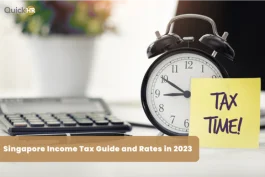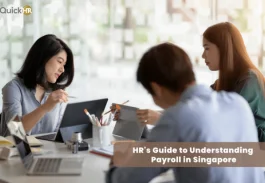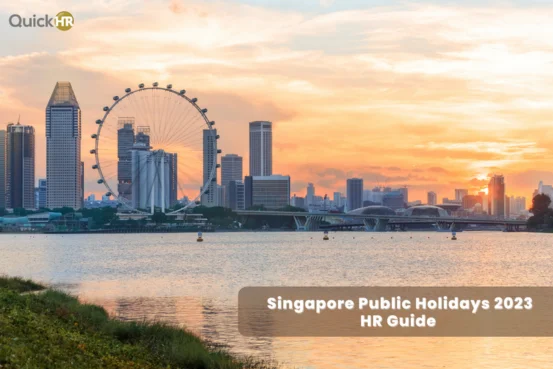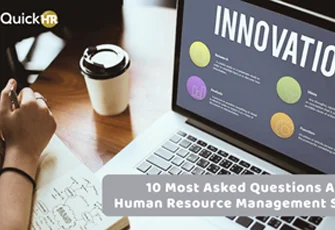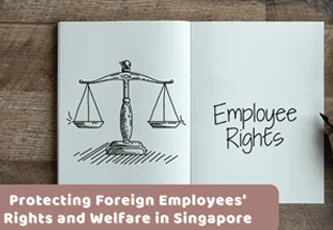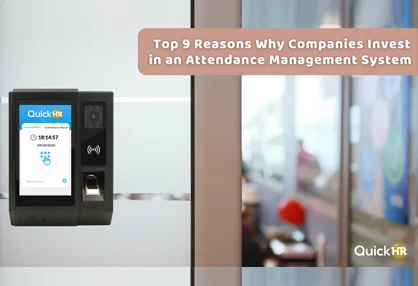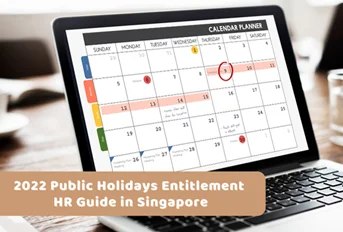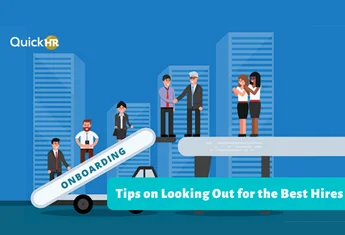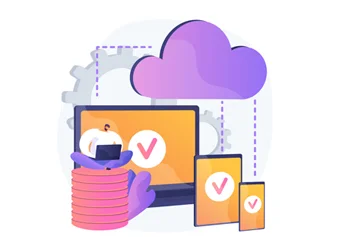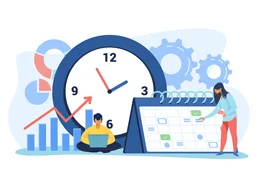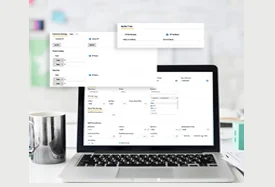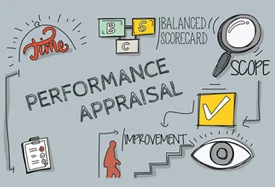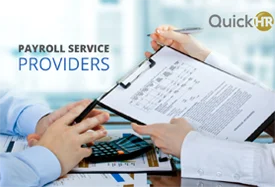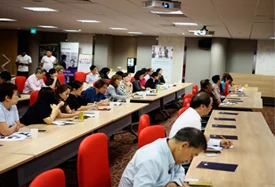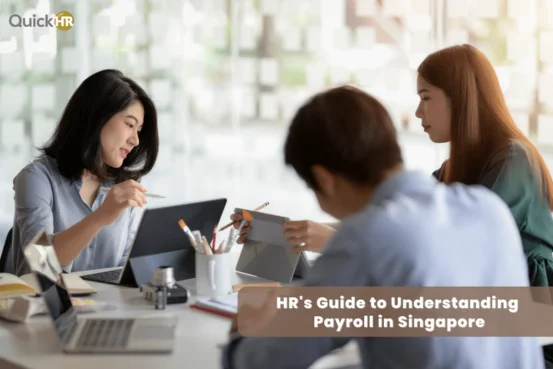
Ultimate HR Guide to Understanding Payroll in Singapore
Posted on 10 March 2023 in Business | Anna Beatrice
Managing payroll in Singapore is surely beyond a one-man show, even for startups and SMEs. As it involves a lot of complex processes and ever-evolving labour policies, it takes up a heavy amount of time and labour to ensure error-free payroll generation and 100% compliance.
But no worries! We’ve got you covered! We’ve curated an easy-to-follow guideline to help you get started on your payroll tasks!
Here are some of the most important things you need to know about managing payroll in Singapore.
1. What are the main items included in an employee’s salary in Singapore?
Salary refers to monetary compensation for work provided under the terms of a contract of service agreed upon between the employer and the employee. [1]
It can include these components:
- Basic pay
- Allowances
- Bonuses
- Commissions
- Incentives
It DOES NOT include:
- The value of accommodation, utilities or other amenities
- Pension or provident fund contribution paid by the employer
- Travelling allowance
- Payments for expenses incurred during work
- Gratuity payable on discharge or retirement
- Retrenchment benefits
2. How often must salary be paid in Singapore?
In accordance with the Employment Act, an employer must pay the salary of an employee at least once a month and within 7 days after the end of the salary period. An employer can also pay it in more frequent intervals, if possible, for example, bi-monthly. [2]
For overtime work, it must be paid within 14 days after the end of the salary period. However, there are exceptions for resignation without notice, and other situations.
For instance, if the employee resigns and serves the required notice period, the final salary must be paid on the last day of employment.
On the other hand, if an employee resigns without notice and doesn’t serve the notice period, the final salary must be paid within 7 days of the last day of employment.
For employees who’ve been dismissed on grounds of misconduct or had their contract terminated without notice, the final salary must be paid on the last day of employment. If this is not possible, then within 3 working days from date of dismissal or termination.
3. What are the items included in an employee’s pay slip in Singapore?
Since 1 April 2016, all employers have been required to issue itemised pay slips to employees covered by the Employment Act. [3]
Here are the detailed requirements employee payroll payslip in Singapore such as what items to include, when and how to give them.
Who: Employers must issue itemised pay slips to all employees covered by the Employment Act.
When:
- Give together with payment to employee.
- If unable to give together, to be given within three working days of payment.
- In the case of termination or dismissal, must give pay slip together with outstanding salary.
Format: Soft or hard copy (including handwritten).
Pay slips must include the items listed below, unless an item is not applicable. For instance, if overtime pay does not apply to an employee, the pay slip need not include items 9 to 11.
| Number | Item description |
|---|---|
| 1 | Full name of employer. |
| 2 | Full name of employee. |
| 3 | Date of payment (or dates, if the pay slips consolidate multiple payments). |
| 4 | Basic salary For hourly, daily or piece-rated workers, indicate all of the following:
|
| 5 | Start and end date of salary period./td> |
| 6 | Allowances paid for salary period, such as:
|
| 7 | Any other additional payment for each salary period, such as:
|
| 8 | Deductions made for each salary period, such as:
|
| 9 | Overtime hours worked. |
| 10 | Overtime pay. |
| 11 | Start and end date of overtime payment period (if different from item 5 start and end date of salary period). |
| 12 | Net salary paid in total. |
If payments are made more than once a month, employers can consolidate pay slips. The consolidated pay slip must contain details of all payments made since the last pay slip.
4. How long do companies keep employee records in Singapore?
From 1 April 2016, all employers must maintain detailed employment records of employees covered by the Employment Act. [4]
For current employees, it is mandatory to keep the Employment and Salary records for up to the latest two years.
For ex-employees, both records within the last two years must be kept for one year after the employee leaves the company.
For Employee records, it is required to include the following details:
| Number | Item description |
|---|---|
| 1 | Address. |
| 2 | NRIC number.
For non-citizens, work pass number and expiry date |
| 3 | Date of birth. |
| 4 | Gender. |
| 5 | Date of starting employment. |
| 6 | Date of leaving employment. |
| 7 | Working hours, including duration of meals and tea breaks. |
| 8 | Dates and other details of public holidays and leave taken. |
5. How to pro-rate an employee’s salary for incomplete work months in Singapore?
If an employee works for an incomplete month, they are only entitled to the pro-rated portion of the salary for that part of the month they worked. [5]
Salary for an incomplete month of work is calculated as follows:
Monthly gross rate of pay ------------------------------------ Total number of working days in that month |
X | Total number of days the employee actually worked in that month |
You may use this calculator to compute the total pay for an incomplete month of work.
6. How to calculate overtime pay in Singapore?
Overtime (OT) work is any labour provided beyond the normal hours of work (excluding breaks). [6]
An employee can claim overtime if the following conditions are met:
- A non-workman earning up to $2,600.
- A workman earning up to $4,500.
For overtime work, an employer must pay an employee at least 1.5 times the hourly basic rate of pay. Payment must be made within 14 days after the last day of the salary period.
Smart Tip: You may use QuickHR Overtime Calculator (for FREE) to compute overtime pay for a monthly-rated employee.
7. What are the mandatory levies, contributions and statutory requirements in Singapore?
Employers are also required to make the following monthly contributions:
Central Provident Fund contributions
CPF (Central Provident Fund) is a compulsory, employment-based savings scheme where all eligible employees and employers are required to make regular contributions to the Fund.
The proceeds will then be saved for the major financial needs including retirement, healthcare, and home ownership. Each eligible Singaporean will have their own individual CPF accounts to which these contributions are deposited. [7]
The Foreign Worker Levy
The government established the Foreign Worker Levy (FWL) mechanism to keep the number of foreign employees or work permit holders in check.
Employers are required to pay the monthly levy that applies to Work Permit and S Pass holders. The levy’s eligibility starts on the day the Work Permit or the Temporary Work Permit is issued, and ends on the day the permit expires or is cancelled. [8]
The Skill Development Levy
All Singapore-based companies are required to pay Skill Development Levy (SDL) for all their employees (Local and Foreign) if they are hired on a permanent, part time, casual or temporary role.
The collected SDL contributions go into the Skills Development Fund, which is used to support workforce upgrading programmes and to provide training grants for employers to send their employees for training under the National Continuing Education Training system. [9]
To find out the eligibility and entitlement for 12 weeks of maternity leave, click here.
Note: Employees are required to give their employer at least 1 week’s notice before going on maternity leave and informed them of the delivery as soon as possible. Otherwise, they are only entitled to half the payment during maternity leave, unless they have a good enough reason for not giving the notice.
8. What are the IRAS statutory reporting requirements in Singapore?
In Singapore, employers must report to Inland Revenue Authority of Singapore (IRAS) about the total earnings of their employees for the whole year. Both individuals and businesses must make the report through the IR8A form and other required tax files.
IR8A (Employment Income) is a "Return of Employee's Remuneration" where it contains all the information needed to complete the ling of an employee's income tax return.
The IR8A form is required for all of these employees:
- Full-time resident employee
- Part-time resident employee
- Non-resident employee
- Company director (including a non-resident director)
- Pensioner
- Board Member receiving Board/ Committee Member fees
- Form IR8S (if excess CPF payments were made)
- Employee who has left the company but was in receipt of income in 2020 (e.g stock options gains)
What Are the Other Required Tax Files?
- Appendix 8A (for payments of benefits-in-kind)
- Appendix 8B (gains from Employee Stock Option)
- Form IR8S (if excess CPF payments were made)
Take note that these forms must be submitted to IRAS by 1st March each year. [10]
